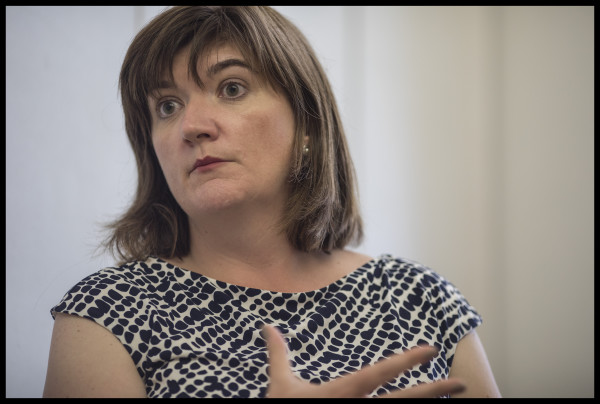

Speaking at a hearing today (9 January) at Parliament on women in finance, the chair of the Treasury Committee said that this number compares with 11 applications from men candidates.
The government announced last week that Charles Randell, currently an external member of the prudential regulation committee of the Bank of England and a non-executive board member of the Department for Business, Energy and Industrial Strategy, will join the FCA as chairman on 1 April.
The appointment means yet again both top spots at the regulator will be held by men - Andrew Bailey, the FCA's chief executive, who was also recruited from the Bank of England, took over in 2016.
Tracey McDermott, who was interim chief executive for several months after Martin Wheatley left the FCA, ruled herself out of the running for the permanent position.
Ms Morgan gave the low numbers of female applicants for the FCA chairman role as an example of the lack of women candidates to financial services positions.
She said: “Often what we hear is that yes, we would like to appoint more women, but there aren’t enough women out there with the expertise […]. We’ve heard that from the Bank of England, about the lack of female economists, for example.”
Launched in October, the Treasury committee’s inquiry seeks to identify the barriers for women entering and progressing in the financial services industry, and the value to financial firms of having greater gender balance across all job grades and functions.
According to Michael Henning, head of investment at Mason Blake - a specialised recruitment agency in investment management jobs – part of the issue lies with the financial services companies’ recruitment policies.
He said: “A lot of firms are very fixated on the culture that they have, and the team fit that they refer to us, and that will mean hiring people very similar to the ones that they already have. We can maybe as an agency challenge that, and try to widen that pool of candidates as well.”
For Jon Terry, partner at PricewaterhouseCoopers, “there is no doubt that financial services firms believe that the talent pool of women is lacking”.
He said: “Sixty per cent of organisations said this [in a recent research that we conducted]. If you ask senior women the same question, its 14 per cent. Frankly, financial service firms don’t get it.
“There are of course exceptions to that, such as specialist roles where the overall talent pool is particularly small. That would be the case of investment managers and portfolio managers, for example, and specialist roles across banking and insurance.”
For Mr Terry, one of the key issues is ensuring that “candidates that are close to getting those roles are made very clear about what sort of additional capabilities and experiences” they need to have, and ensure that individuals have the opportunity to enhance their CVs.
This is “particularly when companies are looking at internal promotions, they have control over that,” he added.
Kate Grussing, founder and managing director of executive search firm Sapphire Partners, said the Treasury committee should also pay attention to the other hiring processes outside the government’s remit.
She said: “I would encourage this committee to certainly hold senior leaders to account, as well as the regulators and the Bank [of England]. But I think the challenge is in the pipeline, in the middle levels, where is nowhere near that degree of transparency.”
maria.espadinha@ft.com



